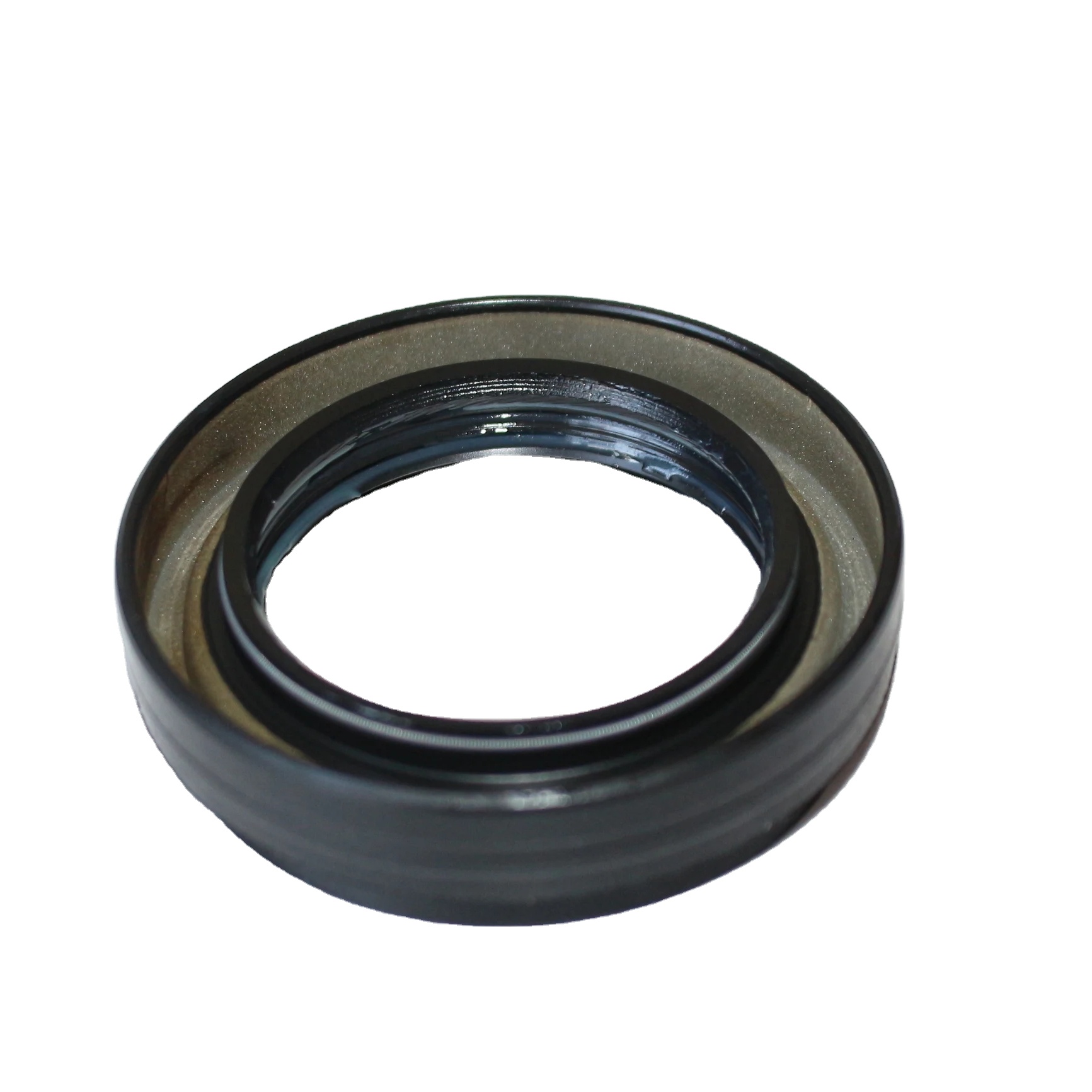Drive Shaft Yoke Seal Maintenance and Replacement Tips for Optimal Performance
Understanding Drive Shaft Yoke Seals Importance and Maintenance
The drive shaft yoke seal plays a critical role in the functionality and longevity of a vehicle’s drivetrain. As an essential component, it is responsible for preventing grease and lubricants from leaking out while ensuring that dirt and contaminants do not enter the drive shaft assembly. This article will explore the importance of yoke seals, the common issues associated with them, and tips for maintaining them effectively.
Importance of Drive Shaft Yoke Seals
Drive shafts are integral to transferring power from the engine to the wheels, and yoke seals are positioned at the connection points between the drive shaft and the differential or transmission. These seals are designed to withstand high levels of pressure and friction, making them vital for a smooth operation of the drivetrain.
The primary function of a yoke seal is to maintain the integrity of the lubrication within the drive shaft. When the seal is intact, it ensures that lubricating oils are properly contained, minimizing friction and wear on the drive shaft components. This not only helps in maintaining efficiency but also significantly extends the lifespan of the drivetrain components.
Without a functioning yoke seal, the risk of oil leaks increases, which can lead to insufficient lubrication. This scenario can result in overheating and ultimately cause catastrophic failure of the drive shaft or associated components. Consequently, monitoring the condition of yoke seals is essential for maintaining vehicle performance and safety.
Common Issues with Yoke Seals
Despite their durability, yoke seals can suffer from wear and tear over time. One of the most common issues is the degradation of the rubber or material used in the seal, which can lead to cracks, wear, and ultimately, leaks. Environmental factors such as extreme temperatures, exposure to road salt, and even excessive lubrication pressure can contribute to this degradation.
In addition, improper installation of yoke seals can lead to premature failure. It is essential that seals are seated properly and aligned to ensure they function as intended. Misalignment can lead to uneven wear and increased likelihood of leaks. Regular inspection of these seals can help identify such issues before they escalate into more serious problems.
drive shaft yoke seal

Maintenance Tips for Drive Shaft Yoke Seals
Maintaining drive shaft yoke seals is important for the overall health of your vehicle's drivetrain. Here are some maintenance tips to extend the life of your seals
1. Regular Inspections Schedule regular inspections of your vehicle's drivetrain. Check for signs of oil leakage around the yoke area, which can indicate worn or damaged seals.
2. Lubrication Checks Ensure that the lubrication levels in your differential or transmission are adequate. Insufficient lubrication can put additional stress on yoke seals.
3. Timely Replacement If you notice any signs of wear or leakage, replace the yoke seal immediately. It is generally advisable to replace seals during any drivetrain service to avoid future issues.
4. Professional Assistance Consult with a professional mechanic if you are unsure about the condition of your yoke seals or suspect problems. They can provide a thorough assessment and make necessary repairs or replacements.
5. Consider Upgrades If you frequently engage in heavy-duty driving or towing, consider upgrading to high-performance yoke seals that are designed to withstand more rigorous conditions.
In conclusion, the drive shaft yoke seal is a small but critical component in your vehicle’s drivetrain system. Understanding its importance and taking proactive steps for maintenance can save you from costly repairs down the line. Take the time to inspect and care for your yoke seals to ensure your vehicle operates smoothly and efficiently for years to come.
-
Simplifying Oil Changes: A Comprehensive Guide to Oil Drain Plugs and Their Variants
News Aug.04,2025
-
Mastering Oil Drain Maintenance: Solutions for Stripped, Worn, and Upgraded Oil Plugs
News Aug.04,2025
-
Fixing Oil Pan Plug Issues: Leaks, Stripped Nuts, and the Right Replacement Solutions
News Aug.04,2025
-
Everything You Need to Know About Oil Drain Plugs: Sizes, Fixes, and Upgrades
News Aug.04,2025
-
Choosing the Right Oil Drain Plug: A Guide to Sizes, Materials, and Drain Innovations
News Aug.04,2025
-
A Complete Guide to Automotive Drain Plugs: Types, Problems, and Innovative Solutions
News Aug.04,2025
-
The Ultimate Guide to Car Repair Kits: Tools and Essentials Every Driver Should Own
News Aug.01,2025
Products categories















